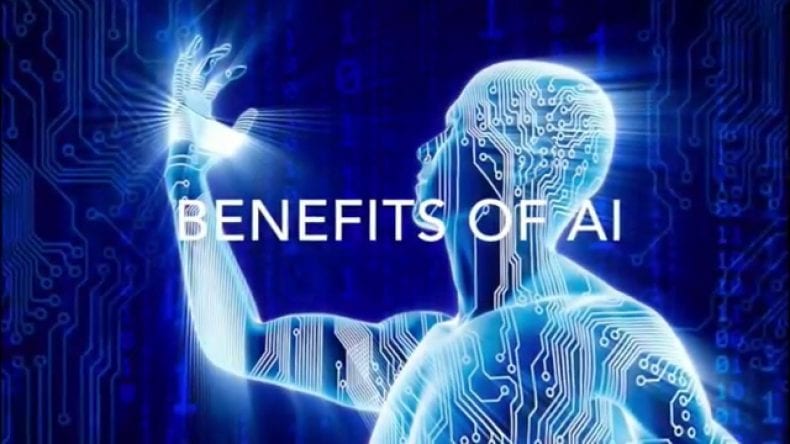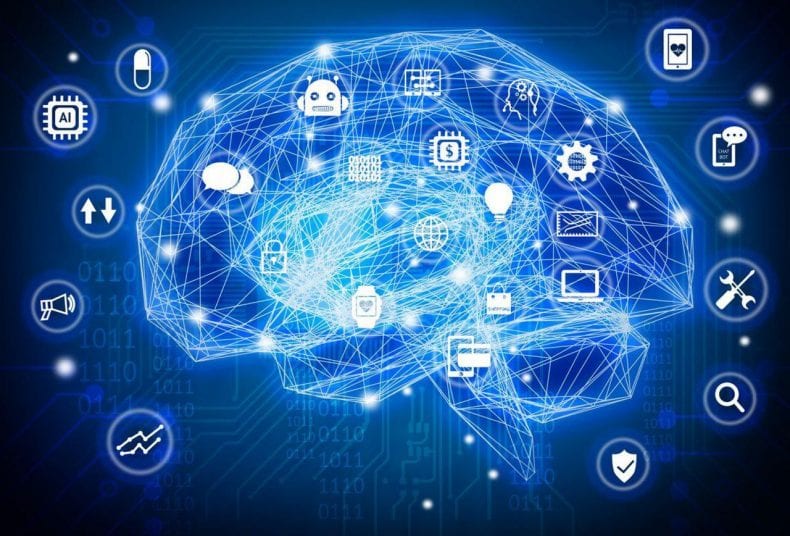When most people think about artificial intelligence or AI, they think of science fiction movies where robots take over human civilization or help humanity survive in an alien planet.
While some of these topics and ideas are theoretically possible, they are far removed from the notion of AI as seen today. Instead, artificial intelligence is more encompassing and enables technology (which includes hardware, software, and communications systems) to simulate human intelligence. Here’s now it works.
AI basics

The idea behind AI is that a machine can reason and learn while using human sensing capabilities like seeing, feeling, hearing, walking, and talking. Currently, AI is divided into distinct categories including machine learning, expert systems, and intelligent agents. The most sophisticated AI systems have a combination of those three properties to accomplish the advanced computing necessary to replicate the basis of human learning and behavior.
Although still in its infancy, AI has come a long way and is currently used in many industries to help humans be more efficient and effective. For example, in the medical field, professionals use Ezra AI to detect prostate cancer. These actions involve a combination of techniques that allow for greater accuracy using less intrusive methods.
Machine learning

Computer systems are great at processing large amounts of data or analyzing large but finite numbers of scenarios. This is the reason why computers are great at playing chess, after all. They can take information and create different scenarios to produce the best probability of success. Nevertheless, playing chess or calculating scenarios based on volumes of data is not intelligence.
The reason why is that traditional computing does not provide the possibility of adapting to new information, or learning. Instead, the concept of machine learning uses sophisticated techniques that provide AI with the ability to adapt to new information. Such adaption can include automatically modifying the underlying algorithms.

In this realm, neural networks work in parallel to complete tasks that simulates how the human brain operates. Many financial institutions use neural networks when analyzing the level of risk of a loan based on data. These systems make up “intelligent systems”, which are machines built using a combination of sensors, software, and hardware to replicate human behavior.
Machine learning, however, is the basis for the advancement of AI, as it is the branch that has allowed computers to learn based on repetition and examples. The more data that is collected, the more the machine adapts.
Expert systems

Expert systems are another branch of AI that use reasoning based on large amounts of data about a specific domain or area. These act as subject matter experts that can provide humans with expert advice. Since most experts make decisions that are missing some pieces of information or with an incomplete case, experts have developed tools using fuzzy logic that help these machines make predictions.
Expert systems then use a user’s questions as inputs and build recommendations based on advanced algorithms and searching techniques that can match patterns and make inferences. Managerial positions that require insight and the advice of experts provide the perfect set of users for these types of machines.
Intelligent agents

Intelligent agents, also known as bots, are the most common type of artificial intelligence system in the market. Simple bots, such as Apple’s Siri, are considered intelligent agents. These work in the background to perform a task or provide a service. They can also be activated when a specific event occurs and be programmed to react accordingly.
Multiple types of agents exist, and these include user agents, buyer agents, monitoring and sensing agents, data mining agents, web crawlers, and destructive agents. Monitoring and sensing bots, for example, keep track of vital pieces of information that sensors or meters provide and notify the user when an event occurs. This type of bot is generally used in surveillance.









